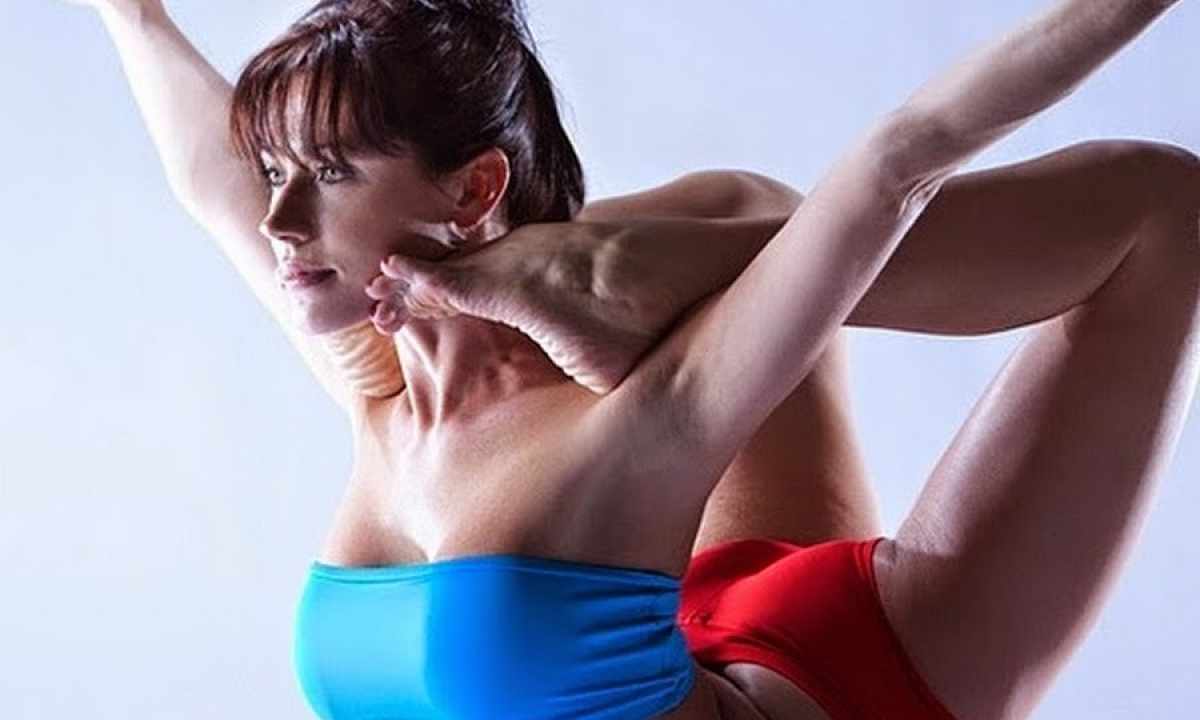Bikram and hot yoga – types of Hatha yoga in which center of attention there is the performance of asanas and control of breath. The bikram direction is considered derivative hot yoga, is sometimes used as the synonym. Actually, there are certain distinctions and they need to be considered when choosing the class or the yoga instructor.
Instruction
1. The general in both practicians yavyaltsya the fact that classes are given indoors with air temperature to 42 °C and humidity from 40%, and pranayama and asanas belong to Hatha yoga. Heat and humidity promote bigger relaxation and the best muscle strain of the body, facilitating performance of exercises even for beginners.
2. Also improving effect which is reached practicing hot or to bikra yoga is similar. There is the intensive weight reduction, the organism detoxication, work of respiratory, digestive and cardiovascular systems, the general metabolism and the condition of skin improves.
3. Classes in bikra to yoga last an hour and a half and consist of strictly certain sequence of twenty six asanas, on thirteen standing and sedentary poses, and two pranayam. Asanas are carried out at vigorous pace and the set combination, with the fixed points of transitions from the pose to the pose.
4. The sequence of asanas at bikra to yoga is developed by the master Choudhury and aimed at the fastest achievement of medical effect of hot yoga, fast reduction of body weight, removal of muscular blocks, intensive training of endurance and force.
5. Exercises of hot yoga are performed at slower pace, the sequence of asanas and pranayam any and can differ from occupation to occupation. Also hot yoga includes performance of pair asanas and finds more time for poses for the relaxation.
6. Deduction of each concrete pose in hot yoga can longer continue, than in bikra to yoga, transitions aren't fixed. It is possible to tell that the hot yoga provides practicing big creative freedom, keeping the principle of coherence of asanas. In Hindu practice this approach is called "vinyasa", the stream, and means the most natural, smooth combinations of movements and respiratory elements, meditation in operation.

